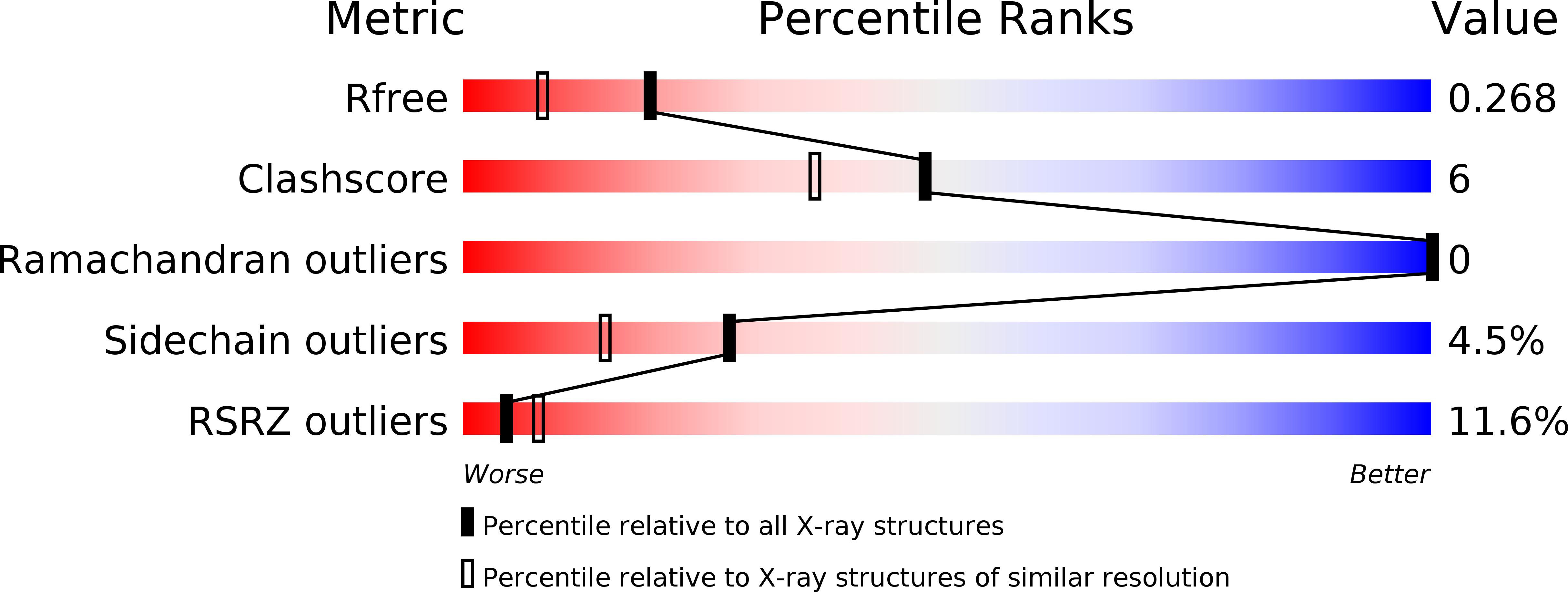
Deposition Date
2009-06-19
Release Date
2009-07-21
Last Version Date
2024-02-21
Entry Detail
PDB ID:
3HX4
Keywords:
Title:
Crystal structure of CDPK1 of Toxoplasma gondii, TGME49_101440, in presence of calcium
Biological Source:
Source Organism:
Toxoplasma gondii (Taxon ID: 5811)
Host Organism:
Method Details:
Experimental Method:
Resolution:
1.95 Å
R-Value Free:
0.25
R-Value Work:
0.20
R-Value Observed:
0.21
Space Group:
P 21 21 21


